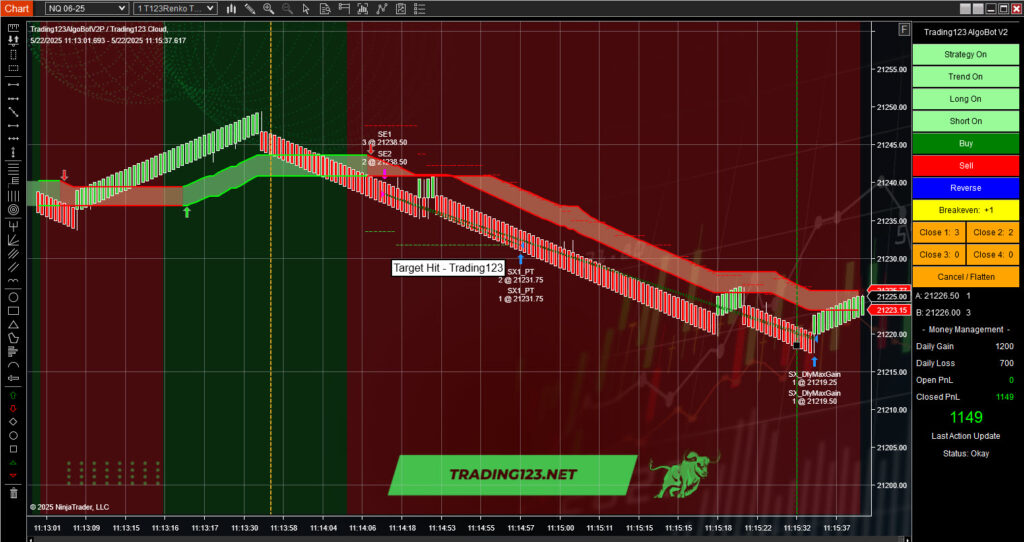
The Rise of AI in Forex Trading: Transforming Strategies and Execution
In the fast-paced world of Forex trading, where daily transaction volumes exceed $6 trillion, the integration of Artificial Intelligence (AI) has emerged as a groundbreaking force, altering how traders analyze data, execute trades, and manage risks. As the financial landscape evolves, AI technologies are not just fashion trends but essential tools that are reshaping trading strategies and enhancing decision-making processes. This article delves into the various facets of AI's influence in the Forex market, illustrating how traders are leveraging these advanced tools for a competitive edge.

Enhanced Data Analysis
One of the most significant advantages AI brings to Forex trading is its ability to process and analyze vast amounts of data with remarkable speed and precision. Traditional methods of analysis often fall short in identifying intricate market trends and anomalies. In contrast, AI algorithms can rapidly evaluate historical price movements alongside real-time economic indicators, enabling traders to forecast potential fluctuations in currency values effectively.
Recent studies indicate that traders utilizing AI-driven analytics report an increase in the accuracy of their predictions. For instance, a report from Investopedia emphasizes that AI can analyze up to 30 years of historical data in mere seconds, revealing patterns that human analysts might overlook. This capacity to identify subtle correlations among numerous variables can result in more informed trading decisions and, consequently, increased profitability.
Automated Trading Systems
The advent of AI has catalyzed the creation of sophisticated automated trading systems that operate on predefined criteria without human intervention. Such systems significantly reduce the time required to seize market opportunities. Platforms like MetaTrader 5 have integrated AI tools that allow traders to develop complex algorithms for trade execution.
For example, automated trading bots can be programmed to execute buy or sell orders based on specific triggers, such as price thresholds or economic news releases, ensuring timely actions that capitalize on market movements. As Finance Magnates notes, this automation not only enhances trading efficiency but also minimizes emotional biases that often lead to poor decision-making in high-stress environments.
Risk Management and Mitigation
Effective risk management is a cornerstone of successful trading, and AI plays an instrumental role in this regard. By employing predictive analytics, traders can assess the potential risks associated with their positions and adapt their strategies accordingly. AI algorithms continuously monitor market conditions, providing traders with real-time insights that can help them adjust their portfolios to mitigate potential losses.
AI systems can analyze multiple factors, including market sentiment, volatility, and geopolitical events, to forecast market risks. According to data from FX Markets, traders utilizing AI-enhanced risk management tools have been able to reduce their exposure to significant losses by up to 30%. This adaptability is particularly crucial in the volatile Forex market, where conditions can change rapidly and unpredictably.
The Future of AI in Forex Trading
As AI technology continues to evolve, its impact on the Forex market is expected to expand. Traders who embrace these innovations will not only enhance their trading strategies but also position themselves favorably against competitors who may be slower to adapt. The integration of AI into trading platforms is likely to democratize access to sophisticated analysis and execution tools, enabling smaller traders to compete more effectively with larger financial institutions.
However, the rise of AI in Forex trading also raises important considerations regarding regulatory compliance and ethical trading practices. With the increasing reliance on algorithms, regulators may need to establish new frameworks to ensure transparency and accountability in automated trading systems.
Conclusion
The growing presence of AI in Forex trading signifies a transformative shift in how traders approach the market. From enhanced data analysis and automated trading systems to advanced risk management strategies, AI technologies are redefining the landscape of currency trading. As traders continue to harness these tools, the future of Forex trading promises to be characterized by greater efficiency, accuracy, and, ultimately, profitability. For investors, keeping abreast of these developments and adapting to technological advancements will be crucial for sustained success in this ever-evolving market.

The integration of AI into the Forex trading landscape is not merely a passing trend; it represents a fundamental evolution in financial technology. Traders who leverage these advanced capabilities will likely find themselves at the forefront of an increasingly competitive market. For those looking to stay ahead, understanding and utilizing AI tools will be essential as the industry continues to evolve.
References
Keywords
AI, Forex Trading, Automated Trading, Risk Management, Data Analysis